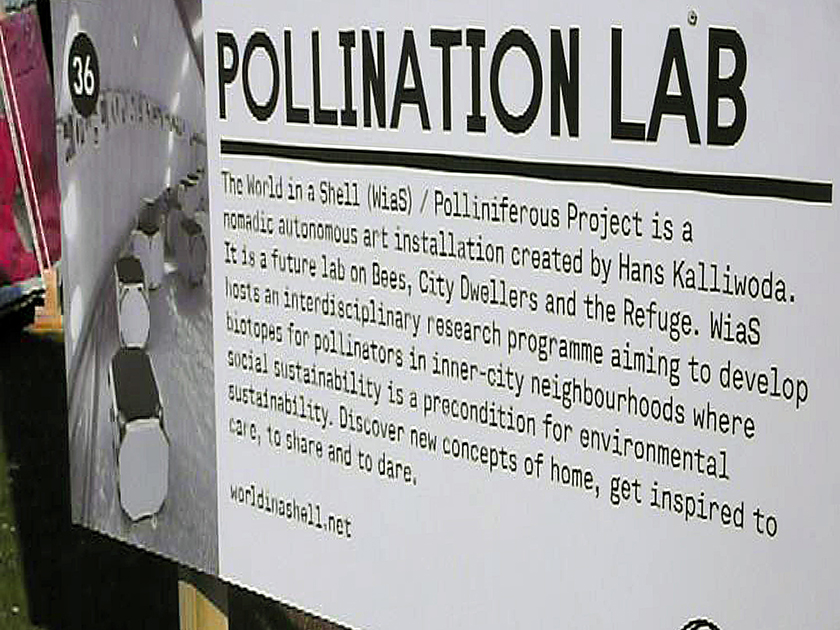City versus country: Where wild bees flourish
In 2018, a scientific study brought to light the startling finding that wild bees not only survive but even thrive in cities compared to rural areas. Remarkably, as the Hallmann report showed a few years later, this fact even extends to nature reserves.
The beginnings of BeeTotem case studies: development and methods
Therefore, we have started to explore methods to create temporary urban infrastructures that encompass the wide and diverse range of all “RefuBee” species with individual case studies.
From Materials to Social Cohesion: Explorations of BeeTotem Implementations
By 2020, we have conducted individual case studies on the implementation of BeeTotem projects in different urban areas. These studies primarily examined the use of materials, the impact on social cohesion, and the educational and awareness-raising effects. These results are documented in detail in reports and multimedia presentations.
The Road to the TUDelft Campus: Comprehensive Ecological Assessments
We are currently conducting more extensive case studies on the TUDelft campus, right on the doorstep of our urban ecology lab. This includes comprehensive ecological assessments of both a qualitative and quantitative nature, starting with an initial benchmark 0measurement, which currently covers the last six years of monitoring.
Broadening the spectrum: Outlook for Future Case Studies
Our immediate goal is to broaden our scope by conducting more extensive and meaningful case studies in different ecological and cultural urban settings, with a current focus on Amsterdam and Munich.
Photo: Future Pollination Lab, 2016 at the event “Europe by People” on the occasion of the Dutch Presidency of the Council of the EU / Ernst van Deursen

